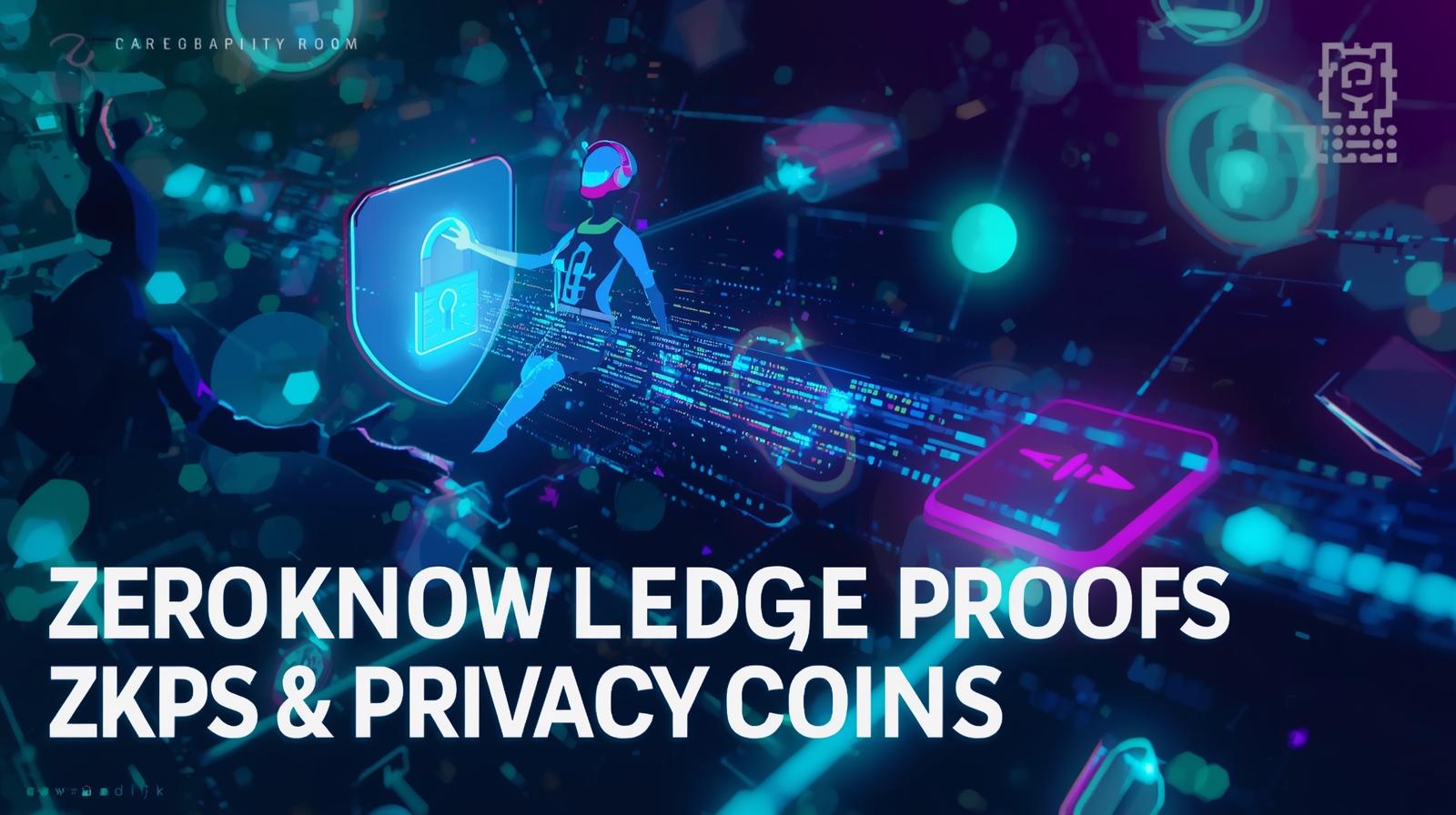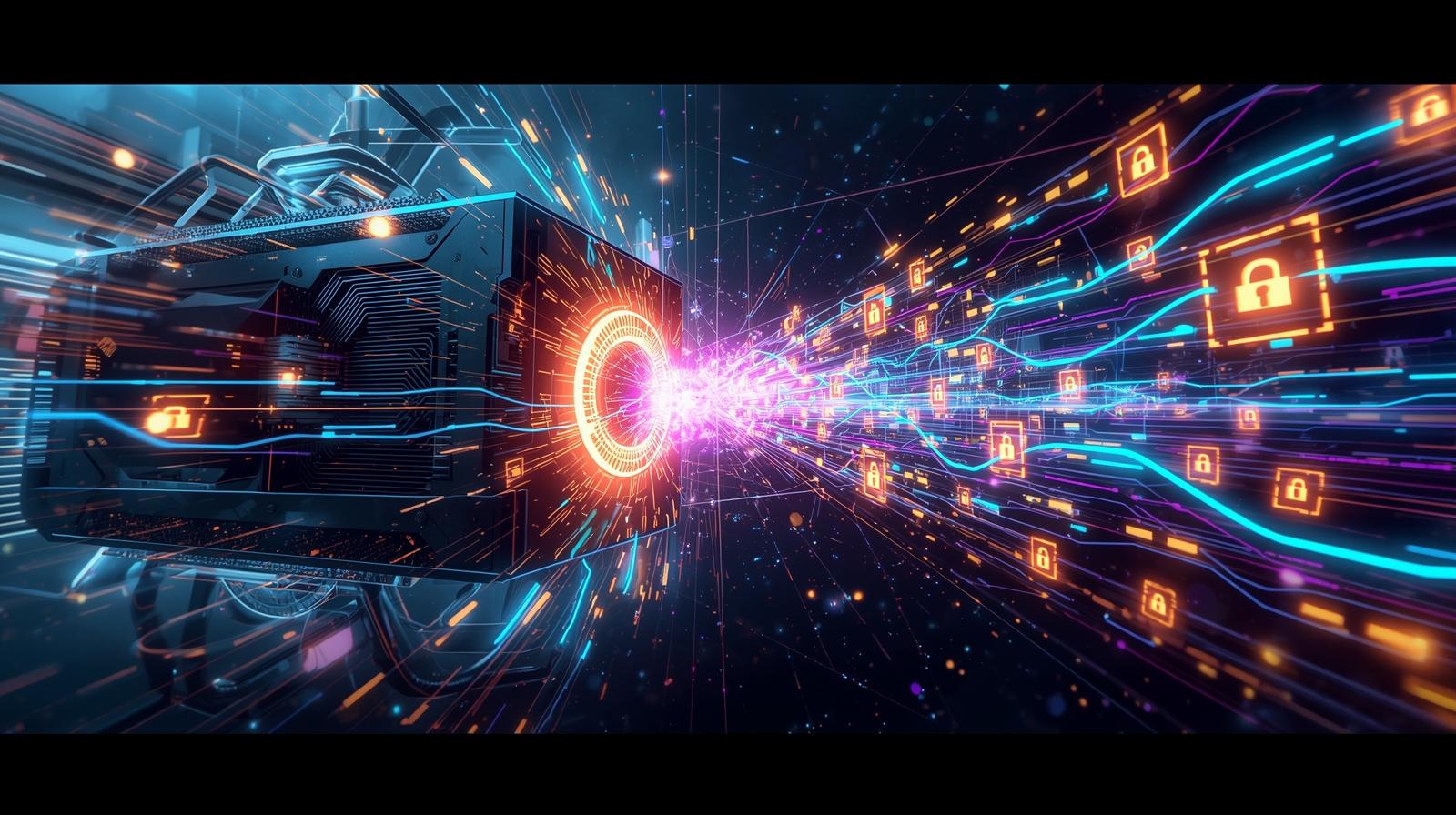Layer 1 blockchains are the foundation of the decentralized ecosystem, offering the infrastructure on which decentralized applications (dApps), smart contracts, and DeFi platforms are built. As the blockchain space continues to evolve, some Layer 1 projects are emerging as key players to watch in 2025. Whether you are an investor, developer, or blockchain enthusiast, knowing which platforms are leading the innovation curve can give you a strategic advantage.
What is a Layer 1 Blockchain?
Layer 1 (L1) blockchains are base-level networks that operate independently and do not rely on other blockchains for security or consensus. Examples include Ethereum, Solana, and Avalanche. These networks are responsible for handling transactions, smart contracts, and decentralized applications natively on their chain. The primary goal of Layer 1 projects is to offer scalability, security, and decentralization, often referred to as the “blockchain trilemma.”
- Ethereum (ETH)
Ethereum remains the most prominent Layer 1 blockchain. With the successful implementation of Ethereum 2.0 and the shift to proof-of-stake (PoS), the network has dramatically improved energy efficiency and scalability. Ethereum continues to host the largest ecosystem of dApps, DeFi protocols, and NFTs, making it a must-watch platform for 2025.
Key Features:
- Smart contract functionality
- Largest developer community
- Massive DeFi & NFT ecosystem
- Solana (SOL)
Solana is known for its ultra-fast transaction speeds and low fees, making it a preferred Layer 1 blockchain for high-performance dApps and gaming projects. Solana’s proof-of-history (PoH) consensus mechanism sets it apart from other L1s by optimizing time-stamping for transactions, which significantly increases throughput.
Key Features:
- High transaction throughput (65,000+ TPS)
- Minimal transaction fees
- Strong focus on gaming and NFT projects
- Avalanche (AVAX)
Avalanche is gaining attention for its interoperable subnets and rapid finality. Its unique consensus protocol allows developers to deploy custom blockchains with high scalability and low latency, making it a versatile choice for enterprise-grade applications and DeFi projects.
Key Features:
- Subnet architecture for customizable blockchains
- Low-latency transactions
- Strong DeFi ecosystem
- Cardano (ADA)
Cardano focuses on security, sustainability, and a research-driven development approach. With the launch of smart contract capabilities via the Alonzo upgrade, Cardano is now actively supporting dApps, DeFi platforms, and NFTs. Its emphasis on formal verification and academic research makes it an attractive long-term investment.
Key Features:
- Proof-of-stake consensus for eco-friendliness
- Research-driven development
- Growing dApp ecosystem
- Aptos (APT)
Aptos is an emerging Layer 1 blockchain that aims to combine scalability, safety, and upgradeability. Built by ex-Diem developers, Aptos leverages the Move programming language to enable secure and efficient smart contracts. Its developer-friendly approach and focus on high throughput make it a Layer 1 to watch in 2025.
Key Features:
- High-performance blockchain
- Move language for secure smart contracts
- Focus on enterprise adoption
- NEAR Protocol (NEAR)
NEAR Protocol is a sharded Layer 1 blockchain that prioritizes scalability and user-friendly development. Its unique approach allows developers to create dApps with low fees and minimal friction for end-users. NEAR’s growing ecosystem and developer incentives make it a promising L1 contender.
Key Features:
- Sharding for horizontal scalability
- Developer-friendly environment
- Rapidly expanding ecosystem
Conclusion
Layer 1 blockchains are evolving at a rapid pace, and keeping an eye on these projects can provide valuable insights into the future of decentralized applications, DeFi, NFTs, and enterprise blockchain adoption. Ethereum, Solana, Avalanche, Cardano, Aptos, and NEAR Protocol are all shaping the next generation of blockchain infrastructure.
Investors and developers alike should pay close attention to these Layer 1 networks, as they are likely to play a critical role in the growth of Web3 over the coming years.



